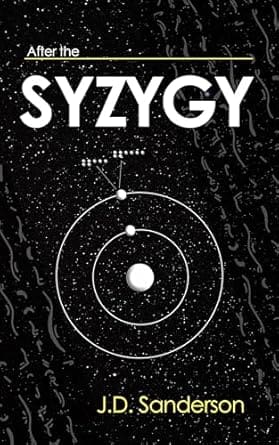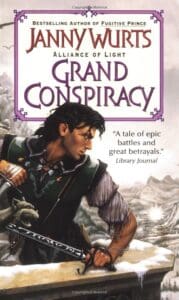
Synopsis
Will We Find Them?
In 1977, humans placed the Golden Record on the Voyager spacecraft with the hope it would be found by an alien civilization in the future.
In 2036, the alien equivalent arrived on Earth.
When the news leaks to the press, a global wave of fear, panic, and disinformation leaves people to wonder if the damage can ever be undone. In an attempt to quell unrest, several world governments begin an open exchange of ideas and information, hoping to understand the alien signal. As decades and centuries pass, humanity works together to answer one question.
Review
Sci-fi, first contact, novella
This review only represents my personal opinion and does not reflect the entire judging team’s (Swordsworn) thoughts or progression in the SFINCS2 competition. Thank you for reading.
What if we’re not alone? Imagine first contact. Sitting here, long after turning the last page, a quiet, bittersweet sadness remains. In Sanderson’s first contact novella spanning hundreds of years, AFTER THE SYZYGY illustrates how mankind develops and adapts to new technological advancements and cultural transformations while attempting to decode an alien signal.
For most of the book, Sanderson’s writing is straightforward. There was a key scene where events were revealed quickly, and it felt disjointed, almost as if it was rushed to fit in before the story concluded. But overall, despite that one scene, it was paced well with a gradual build up. Told through six chapters featuring a different character and time period, the story is more about the overall plot than its characters. Over the decades, every protagonist senses they’re on the brink of something extraordinary, often dedicating their entire lives to goals they know might take generations to achieve. As the centuries rolled on, we’re reminded of just how brief our time here truly is.
History serves as a constant reminder that improving in one area could occasionally result in regression in another, and it was surprising to see how the arts, music, science, and technology were affected. Humanity is a continually shifting species motivated by necessity as much as curiosity, and it was fascinating to see how compassion and empathy were central to the narrative. Is this what it means to be human– when we recognize our capacity for compassion, vulnerability, and connection to the greater human experience?
The juxtaposition between human and alien, and alien to alien was thought-provoking. My heart was feeling very heavy by the end, and it’s difficult to put into words. It’s not just about what one character did, but how everyone together influenced the world. In the same way, it’s not just about the writing style, length, dialogue, or mood of this story. It’s about the full message it delivers when you’re finished.
I was struck by this realization: how often do we put our all into something, even if we may never see the fruits of our labor? It serves as a reminder that sometimes we put in effort for a future we may not live to see. That is both beautiful and profoundly sad. It prompts reflection on our personal lives and the traces we leave behind. It is humbling to realize that, despite the finite nature of our time, the world we leave behind can be shaped by the things we do. And although the prospect of friendly contact is exciting, unintentional differences, as we saw in this story, may create harrowing consequences. Sanderson leaves some things to the imagination in that regard, and it absolutely worked for me.
If you have the chance, I recommend looking at the contents of what was sent on both Voyagers into interstellar space in 1977. I’ll be honest, I did not know about the “golden record” before reading this story. It’s simply fascinating that we did this.







Leave a Reply